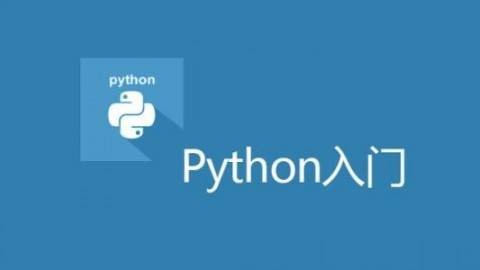字符串是 Python 中最常用的数据类型。
字符串是以单引号或双引号括起来的任意文本,可以使用""或''来创建字符串。例如:name = "Tom"
注:字符串一旦创建就不可修改,若修改或拼接则会在内存空间中生成新的字符串
连接字符串
str2 = "who is" str3 = " mid ?" str4 = str2 + str3
print(str4)
结果:
who is mid ?
输出相同字符串
str5 = "good" *4 print(str5)
结果:
goodgoodgoodgood
通过索引、下标来获取字符串中的某个字符
str6 = "he is a boy!" print(str6[0:2])
结果:
he
格式化输出
格式化字符串时,Python使用一个字符串作为模板。模板中有格式符,这些格式符为真实值预留位置,并说明真实数值应该呈现的格式。
%d %s %f 占位符(格式符)
str9 = "sun is a nice man!" num = 11 f = 10.87867544 # ↓ 精确小数点后三位,四舍五入 print("num = %d, str9 = %s, f = %.3f" % (num, str9, f))
结果:
num = 11, str9 = sun is a nice man!, f = 10.879
转义字符
转义字符 可以转义很多字符,比如 n 表示换行,t 表示制表符,字符 本身也要转义,所以\ 表示的字符就是 。
str9 = "sun is a nice man!" num = 11 f = 10.87867544 print("num = %dnstr9 = %snf = %.3f" % (num, str9, f))
结果:
num = 11 str9 = sun is a nice man! f = 10.879
Python3允许用“...”的格式表示多行内容
print(''' good nice very ''')
结果:
good
nice
very
如果字符串内有许多字符串都需要转义,为了简化 python 允许用 r 表示内部的字符串默认不转义。
print("C:\Program Files (x86)\NVIDIA Corporation") print(r"C:Program Files (x86)NVIDIA Corporation")
结果:
C:Program Files (x86)NVIDIA Corporation
C:Program Files (x86)NVIDIA Corporation
内容来源于网络如有侵权请私信删除
- 还没有人评论,欢迎说说您的想法!





 客服
客服


